Sie betrachten Ihr Aquarium, bewundern die leuchtenden Farben und das ruhige Wasser – und plötzlich treibt ein einzelner toter Fisch an die Oberfläche. Kein übler Geruch, keine offensichtliche Krankheit. Der stille Killer ist vermutlich Ammoniak. Vielen Neulingen wird die Problematik erst bewusst, wenn es zu einer Tragödie kommt, doch der richtige Umgang mit Ammoniak ist die wichtigste Fähigkeit für jeden Fischhalter. Dieser Ratgeber erklärt Ammoniak und Fische in verständlicher Sprache: Warum das Gift entsteht, wie man es erkennt, welche alltäglichen Maßnahmen den Ammoniakgehalt nahe null halten und welche Sofortmaßnahmen im Notfall ergriffen werden sollten. Zum Schluss werfen wir einen kurzen Blick auf Gartenteiche, wo das solarbetriebene Springbrunnen- und Teichfiltersystem von Poposoap zusätzliche Sicherheit bietet.
Ammoniak ist der stille Killer in Aquarien.
Ammoniak (NH₃) ist unsichtbar, in geringen Konzentrationen geruchlos und bereits in ppm tödlich. Fische scheiden es über ihre Kiemen aus; verrottende Nahrung und Pflanzenreste erhöhen die Ammoniakkonzentration. Da das Molekül direkt über die Kiemenmembranen in den Blutkreislauf gelangt, beginnen die Schäden, bevor trübes Wasser oder Algenblüten sichtbar werden. Keuchen an der Wasseroberfläche, gerötete Kiemen, angelegte Flossen – wenn diese Symptome auftreten, hat das Gift bereits Gewebe verätzt.
Was ist Ammoniak und warum ist es gefährlich für Fische?

In Wasser mit einem pH-Wert über 7 liegt Ammoniak hauptsächlich als freies NH₃-Gas vor; unter pH 7 wandelt es sich in das etwas weniger toxische Ammonium-Ion (NH₄⁺) um. Beide Formen stören die Osmoregulation und ersticken Fische auf Zellebene. Bei 28 °C und pH 8 können bereits 0,05 ppm freies Ammoniak empfindliche Arten innerhalb weniger Stunden töten. Anders als Nitrit, das Hämoglobin mit der Zeit oxidiert, schädigt Ammoniak sofort das Kiemenepithel und macht jeden Atemzug zur Qual.
Was verursacht hohe Ammoniakwerte in einem Aquarium?
- Neutank-Syndrom – Der biologische Filter ist noch nicht ausgereift; nützliche Bakterien, die Ammoniak in Nitrit und Nitrat umwandeln, haben die Oberflächen noch nicht besiedelt.
- Überbesatz – Zu viele Fische produzieren mehr Abfall, als der Filter verarbeiten kann.
- Überfütterung – Überschüssige Pellets verrotten innerhalb weniger Minuten und setzen dabei einen Ammoniak- und Kohlendioxidstoß frei.
- Filtervernachlässigung – Verstopfte Schwämme behindern den Durchfluss, entziehen den Biofiltern Sauerstoff und führen zum Absterben von Nitrifizierern.
- Medikamentenbedingtes Absterben von Bakterien – Bestimmte Antibiotika vernichten Bakterien und setzen so den Stickstoffkreislauf zurück.
Bedenken Sie, dass jedes Gramm Protein, das Sie verfüttern, letztendlich in Ammoniak umgewandelt wird. Die richtige Einrichtung und Wartung entscheiden lediglich darüber, ob der Ammoniakgehalt stark ansteigt oder unauffällig abgebaut wird.
So testen Sie Ammoniak in Ihrem Aquarium

Flüssige Testkits gelten weiterhin als Goldstandard; sie weisen Konzentrationen bis zu 0,02 ppm nach. Teststreifen sind schneller, aber weniger präzise. Testen Sie im ersten Monat nach der Inbetriebnahme eines neuen Systems täglich, danach wöchentlich, sobald sich die Nitratwerte stabilisiert haben. Dokumentieren Sie bei jedem Test pH-Wert und Temperatur – Ammoniak ist bei pH 8,5 zehnmal giftiger als bei pH 7,0.
Profi-Tipp: Steigen die Messwerte über 0,25 ppm, ist Vorsicht geboten; bei 1 ppm erleiden die meisten tropischen Fische dauerhafte Kiemenschäden.
Wie man den Ammoniakgehalt in einem Aquarium niedrig hält
- Lassen Sie das Aquarium vollständig einlaufen. Impfen Sie die Filtermedien mit eingefahrenen Biobällen oder nitrifizierenden Kulturen aus der Flasche; warten Sie, bis sowohl Ammoniak als auch Nitrit sieben Tage in Folge bei 0 ppm liegen, bevor Sie die Fische einsetzen.
- Passen Sie den Filterbestand an die Filterleistung an. Ein eingefahrener Außenfilter verarbeitet etwa ein Gramm Ammoniakstickstoff pro Tag und Liter Biofiltermaterial; überschreiten Sie diesen Wert nicht.
- Füttern Sie sparsam. Bieten Sie nur so viel an, wie die Fische in 30 Sekunden fressen – nicht mehr.
- Vorfilter wöchentlich spülen. Für einen starken Durchfluss zum Biofiltermaterial sorgen.
- Fügen Sie Pflanzen hinzu. Schnellwachsende Pflanzen wie Efeutute, Hornkraut und Schwimmblatt nehmen Ammonium direkt auf.
Konsequente Disziplin senkt den Ammoniak-Grundwert, sodass Spitzenwerte selten werden. So lässt sich der Ammoniakgehalt im Aquarium auf einfache Weise niedrig halten.
Wie kann ich den Ammoniakgehalt sofort senken?

Manchmal reicht Disziplin allein nicht aus – Stromausfälle, ein toter Fisch, der sich in der Dekoration versteckt, oder die Kinder, die das Aquarium „noch eine Prise“ füttern. Wenn der Test grün leuchtet, handeln Sie schnell:
- Ein großer Wasserwechsel – 50 % mit temperiertem, entchlortem Wasser halbiert den Ammoniakgehalt sofort.
- Entgiftungsmittel – Verwenden Sie einen Conditioner, der NH₃ in weniger toxisches Ammonium bindet, für 24–48 Stunden.
- Belüftung hinzufügen – Zusätzlicher Sauerstoff unterstützt gestresste Fische und beschleunigt die bakterielle Regeneration.
- Fütterung einstellen – Fische können eine Woche lang fasten; Bakterien können nicht arbeiten, wenn sie in überschüssigen Abfallstoffen ersticken.
Rechnen Sie damit, das Wasser täglich zu wechseln, bis sich die Werte stabilisiert haben. Das – zusammen mit Geduld – ist der Schlüssel, um den Ammoniakgehalt im Aquarium in Krisenzeiten zu senken.
Bonus: Ammoniakmanagement in Gartenteichen
Teiche verkomplizieren die Sache: Sonnenlicht, Laub, Regenwasser und größere Biomasse fördern die Ammoniakbildung. Die Lösung bleibt jedoch dieselbe – Biofiltration und Sauerstoff. Hier spielt die Solartechnik von Poposoap ihre Stärken aus.
- Poposoap Solarbetriebener Springbrunnen – Eine tageslichtbetriebene Pumpe hebt das Wasser gerade so weit an, dass eine sanfte Zirkulation entsteht, die Sauerstoff in jeden Winkel bringt, ohne die Fische in kühlen Nächten auszukühlen.
- Poposoap Teichfiltersystem – Mehrere Lagen grober Filtermatten, feine Schaumstoffe und biokeramische Medien bieten eine riesige Oberfläche für nitrifizierende Kolonien, während die herausnehmbaren Edelstahl-Vorfilter die Verunreinigungen abfangen, bevor sie das System verstopfen.
- Poposoap Markenversprechen – Alle Einheiten lassen sich werkzeuglos öffnen, verwenden robuste ABS-Gehäuse und liefern „problemlose Gartenprodukte“, mit denen sich Hobbygärtner auf die Freude an ihren Wasserspielen konzentrieren können, anstatt mit Geräten zu kämpfen.
Belüftung plus massives Bio-Filtermaterial ergibt weniger Ammoniak – kein Netzstrom erforderlich.
Häufig gestellte Fragen
F: Mein Leitungswasser weist einen Ammoniakgehalt von 0,25 ppm auf – was nun?
Verwenden Sie einen Wasseraufbereiter, der Ammoniak bindet, und investieren Sie in eine kleine Umkehrosmoseanlage; mit Chloramin behandeltes Leitungswasser weist oft einen positiven Wert auf.
F: Werden Zeolithe oder chemische Harze die biologische Filtration ersetzen?
Es handelt sich um Sicherheitsnetze, nicht um langfristige Lösungen. Zeolith sättigt sich schnell und entzieht den Nitrifizierern Ammonium als Nahrung.
F: Bedeutet trübes „Bakterienwachstum“, dass mein Aquarium in der Einlaufphase ist?
Oft ja. Während der Blütezeit sollte die Düngung minimal gehalten und täglich getestet werden; sobald sich das Wasser auf natürliche Weise klärt, haben sich die nitrifizierenden Organismen in der Regel angesiedelt.
F: Können lebende Pflanzen Ammoniak vollständig abbauen?
In Becken mit geringem Fischbesatz und viel Licht ist das möglich, aber Fischräume und Koiteiche benötigen weiterhin leistungsstarke Biofilter.
F: Verschlimmert ein höherer pH-Wert die Ammoniakbelastung?
Absolut. Bei einem pH-Wert von 8,5 liegen 50 % des gesamten Ammoniakstickstoffs in der tödlichen NH₃-Form vor; bei einem pH-Wert von 6,5 sind es nur 1 %.
Zusammenfassung

Die Ammoniakkontrolle beruht auf drei Säulen:
- Vorbeugung – Besatz und Futtermenge innerhalb der Kapazität Ihres biologischen Filters.
- Überwachung – Führen Sie regelmäßige Tests durch, damit sich Probleme nicht unbemerkt verschlimmern.
- Schnelle Reaktion – Große Wasserwechsel, Entgiftungsmittel und Belüftung bei Konzentrationsspitzen.
Für Teichbesitzer bietet die Kombination eines solarbetriebenen Springbrunnens von Poposoap mit einem Teichfiltersystem von Poposoap eine kostenlose, tageslichtbetriebene Wasserzirkulation und ein großflächiges Biofiltersystem – ein automatischer Schutz vor Ammoniaküberschüssen. Mit diesen Maßnahmen und Geräten genießen Sie kristallklares Wasser und gesunde Fische, anstatt heimtückische Gefahren in der Tiefe zu befürchten.
Sauberes Wasser, prächtige Fische – das ist der Lohn dafür, Ammoniak zu beherrschen, bevor es einen beherrscht.




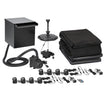
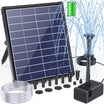
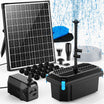
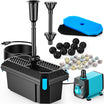
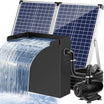
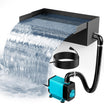

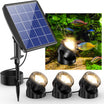
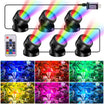

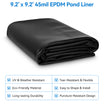
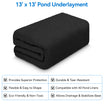

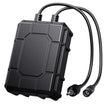
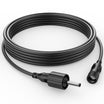

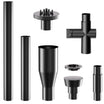
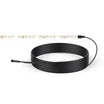
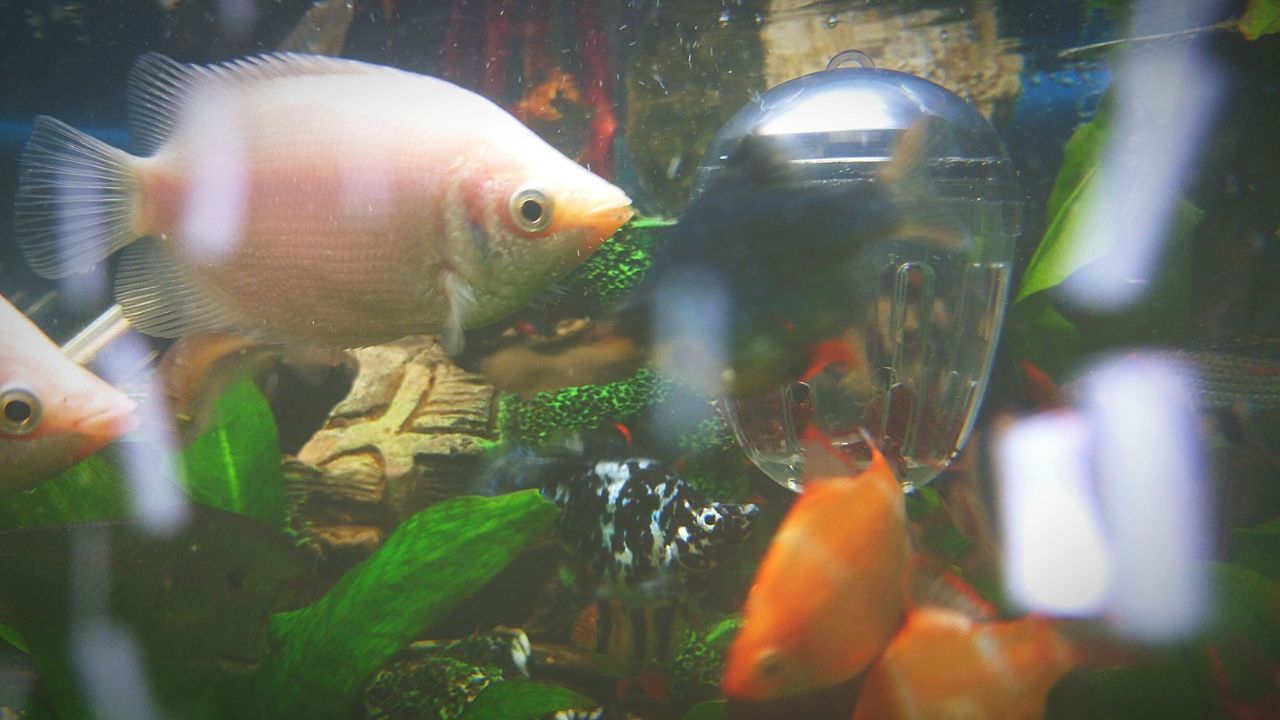
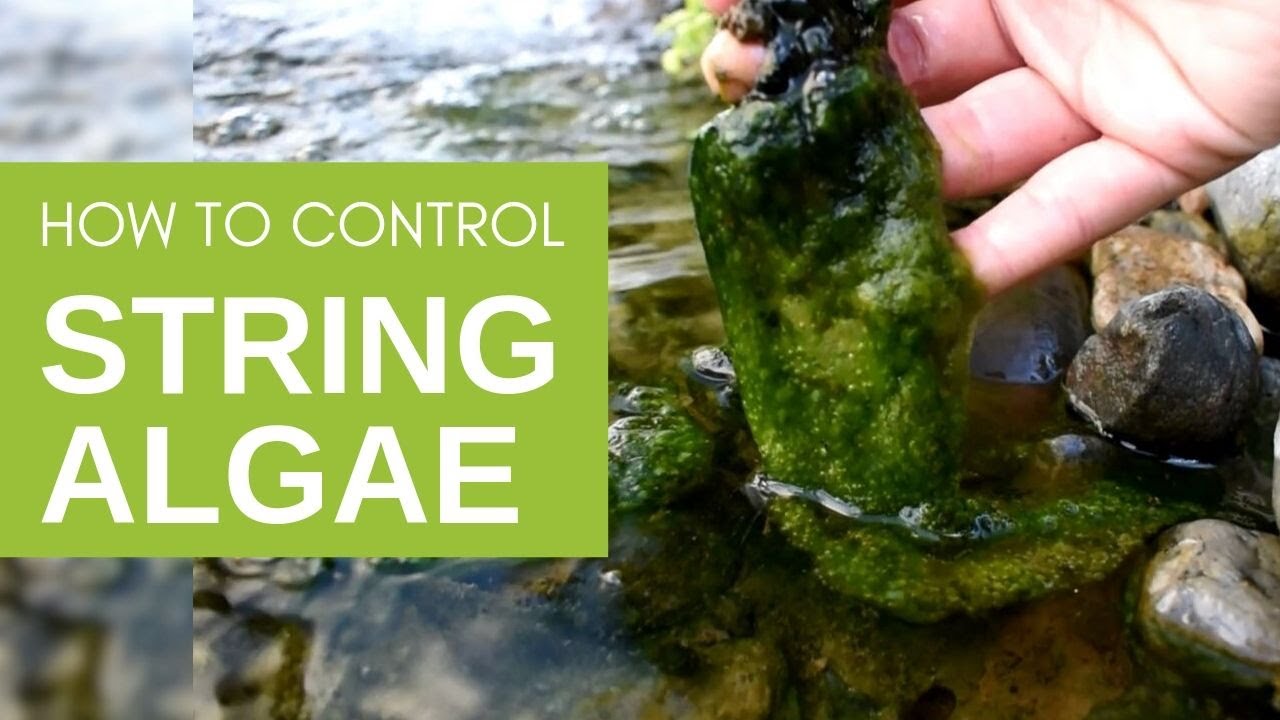
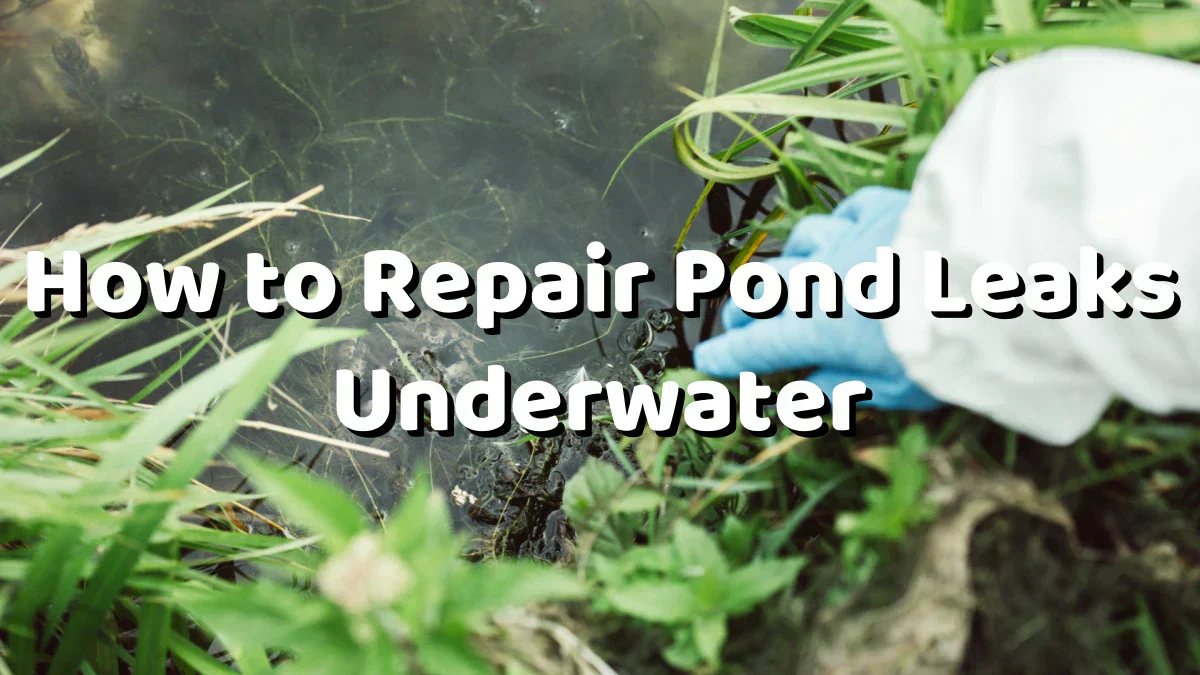
Hinterlasse einen Kommentar
Alle Kommentare werden vor der Veröffentlichung geprüft.
Diese Website ist durch hCaptcha geschützt und es gelten die allgemeinen Geschäftsbedingungen und Datenschutzbestimmungen von hCaptcha.